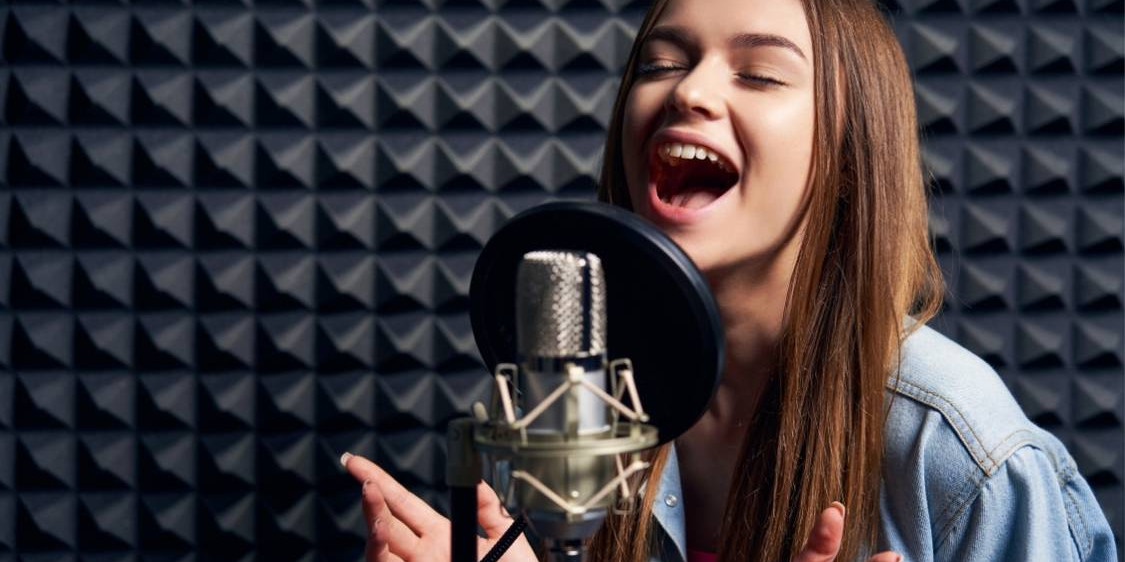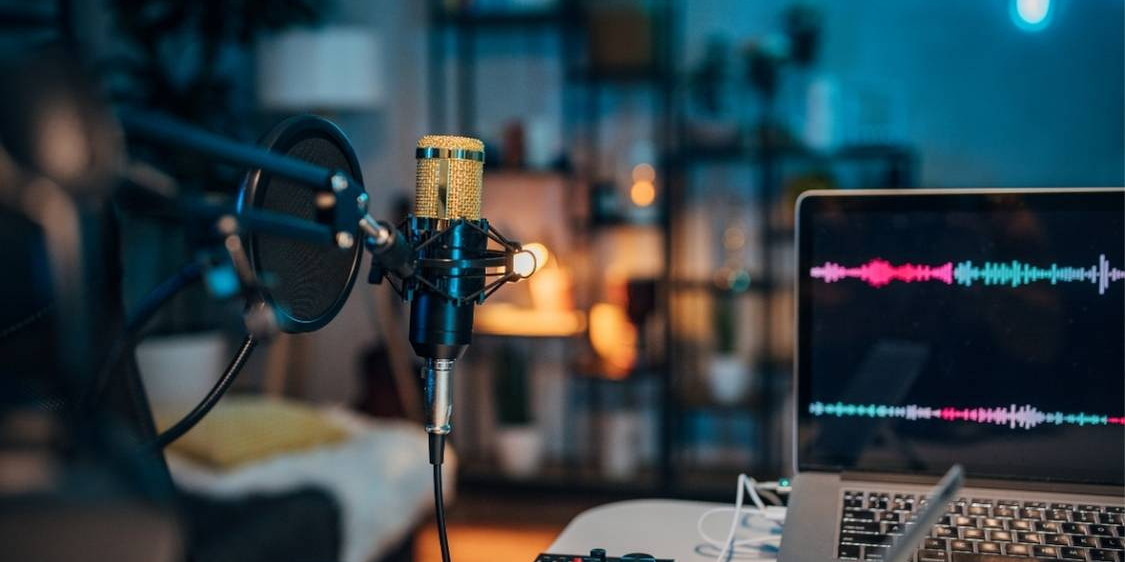In the fast-evolving digital landscape, audio is no longer a one-way street. As we move deeper into 2025, audio platforms are transforming from passive listening experiences into dynamic hubs of interaction, personalization, and community engagement. For modern brands and creators, understanding this shift is not optional, it’s essential.
The Shift from Broadcast to Participation
Traditional radio and streaming platforms were built around linear delivery: listeners tuned in, consumed content, and left. But today’s audio platforms whether podcasts, social audio apps, or smart speaker content are designed with interactivity in mind. Think live feedback loops, personalized playlists, AI-driven voice assistants, and comment threads embedded directly in audio platforms.
This is a major evolution: audio is becoming a two-way channel, enabling creators and listeners to build relationships in real time.
AI-Powered Personalization
AI and machine learning are driving hyper-personalized content recommendations, smart playlist curation, and even adaptive storytelling. Platforms now learn listener habits, moods, and listening environments, allowing brands to target users with unprecedented precision.
This level of customization means audio platforms can now match or exceed the engagement levels traditionally dominated by video or social media without the screen fatigue.

Interactive Audio Experiences
We’re seeing the rise of “choose-your-own-adventure” podcasts, voice-activated trivia, real-time Q&As, and audio-first virtual events. These formats allow listeners to steer conversations, offer input, or unlock exclusive content—all without ever touching a screen.
For brands, this means a new frontier for engagement. Whether it’s branded audio series or gamified sonic experiences, active participation strengthens loyalty and deepens retention.
Monetization Models Are Evolving
As user engagement increases, so do monetization opportunities. From dynamic ad insertion and subscription models to NFT-based content access and live tipping features, the economic ecosystem of audio is expanding. Forward-thinking platforms are building infrastructures that reward creators for sustained interaction—not just downloads.
What It Means for Brands and Creators
- Adopt interaction-first design: Build audio content with engagement layers baked in from Q&A prompts to exclusive behind-the-scenes audio drops.
- Embrace voice interfaces: Ensure your content and platforms are optimized for smart speakers and voice assistants.
- Invest in community-building tools: Create branded audio experiences that encourage user participation and cultivate long-term loyalty.
Conclusion
The future of audio is active. Brands that treat audio platforms as living, interactive ecosystems—rather than static broadcast channels will thrive in the evolving landscape. For those who adapt, the rewards will be more immersive engagement, stronger customer relationships, and a future-ready presence in the most human medium of all: voice.




